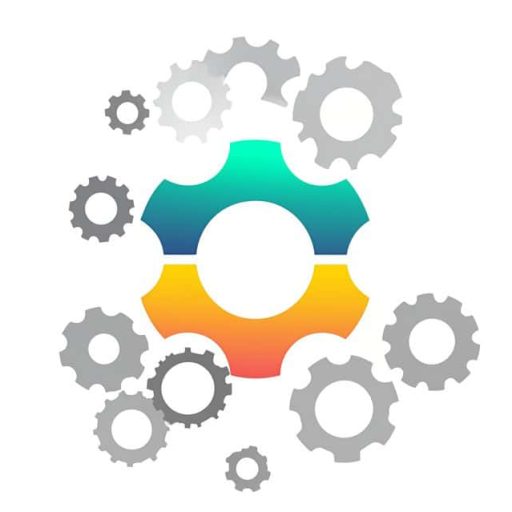Ever wondered why some websites magically appear on the first page of Google while others are lost in the digital abyss? It’s not magic—it’s Search Engine Optimization (SEO). But before you can optimize for search engines, you need to understand how they actually work.
Think of a search engine like Google or Bing as the world’s most sophisticated digital librarian. Its job is to sift through billions of pieces of information (websites, videos, images) to find the most accurate, relevant, and trustworthy answer to a user’s question (a “query”).
This page will break down the fundamental processes that power search engines, giving you the foundational knowledge you need to start your SEO journey.
The Three Core Functions of a Search Engine
At its core, a search engine performs three primary tasks 24/7. Understanding these three stages—Crawling, Indexing, and Ranking—is the key to understanding SEO.
1. Crawling: Discovering the Content
Before a search engine can show you a result, it first has to know it exists. This discovery process is called crawling.
Search engines use automated programs called “crawlers” or “spiders” (like Googlebot) to travel across the web. They start with a list of known web pages and follow the links on those pages to discover new ones. They jump from link to link, constantly finding new and updated content to add to their list.
Why this matters for SEO: If your website has pages that aren’t linked to from anywhere else (known as “orphan pages”) or if your site’s navigation is confusing, crawlers may have a hard time finding all your important content. A clean site structure and a file called sitemap.xml are crucial for effective crawling.
2. Indexing: Storing and Organizing the Information
Once a crawler finds a page, the search engine tries to understand what the page is about. It analyzes the content, including the text, images, videos, and meta tags. This information is then stored and organized in a massive database called the index.
Think of the index as the librarian’s complete card catalog. When you’ve been indexed, the search engine has a record of your page and understands the topics it covers.
Why this matters for SEO: High-quality, well-structured content is vital for proper indexing. Using clear headings (<h2>, <h3>), descriptive alt text for images, and relevant keywords helps search engines accurately categorize your page. If your content is thin, duplicated, or low-quality, a search engine might choose not to index it at all.
3. Ranking: Delivering the Best Results
This is the final and most complex step. When a user types a query into the search bar, the search engine scours its index for all the pages it deems relevant. Then, it uses a highly sophisticated algorithm to rank those pages in order of quality and relevance, from most to least helpful. The goal is to put the absolute best answer at the very top.
This algorithm considers hundreds of different signals, often called ranking factors.
The Key Ingredients: What Are Ranking Factors?
While no one knows Google’s exact secret recipe, the SEO community has identified several key areas that heavily influence rankings.
- Relevance & Content Quality: Does your page content directly answer the user’s query? Is it comprehensive, well-written, and trustworthy? Concepts like E-E-A-T (Experience, Expertise, Authoritativeness, and Trustworthiness) are critical here.
- Backlinks (Off-Page SEO): These are links from other websites to yours. Search engines view backlinks as “votes of confidence.” A link from a reputable, relevant website is a powerful signal that your content is valuable.
- User Experience (UX): Is your website easy to use? This includes factors like page speed (how fast it loads), mobile-friendliness, and clear navigation. If users get frustrated and leave, search engines notice.
- Technical SEO: This is the foundation of your website. It includes having a secure site (HTTPS), clean code, using structured data (Schema markup) to provide context, and having a logical site architecture.
Putting It All Together: Your First Steps
Understanding the process of crawling, indexing, and ranking is the first step toward mastering SEO. Your goal isn’t to “trick” the search engine; it’s to make it as easy as possible for crawlers to find and understand your content, and to create such a great experience that the ranking algorithm sees your page as the best possible result for users.
SEO is a marathon, not a sprint. By focusing on creating high-quality content and a technically sound website, you are aligning your goals with the goals of the search engine—and that’s a winning strategy.
